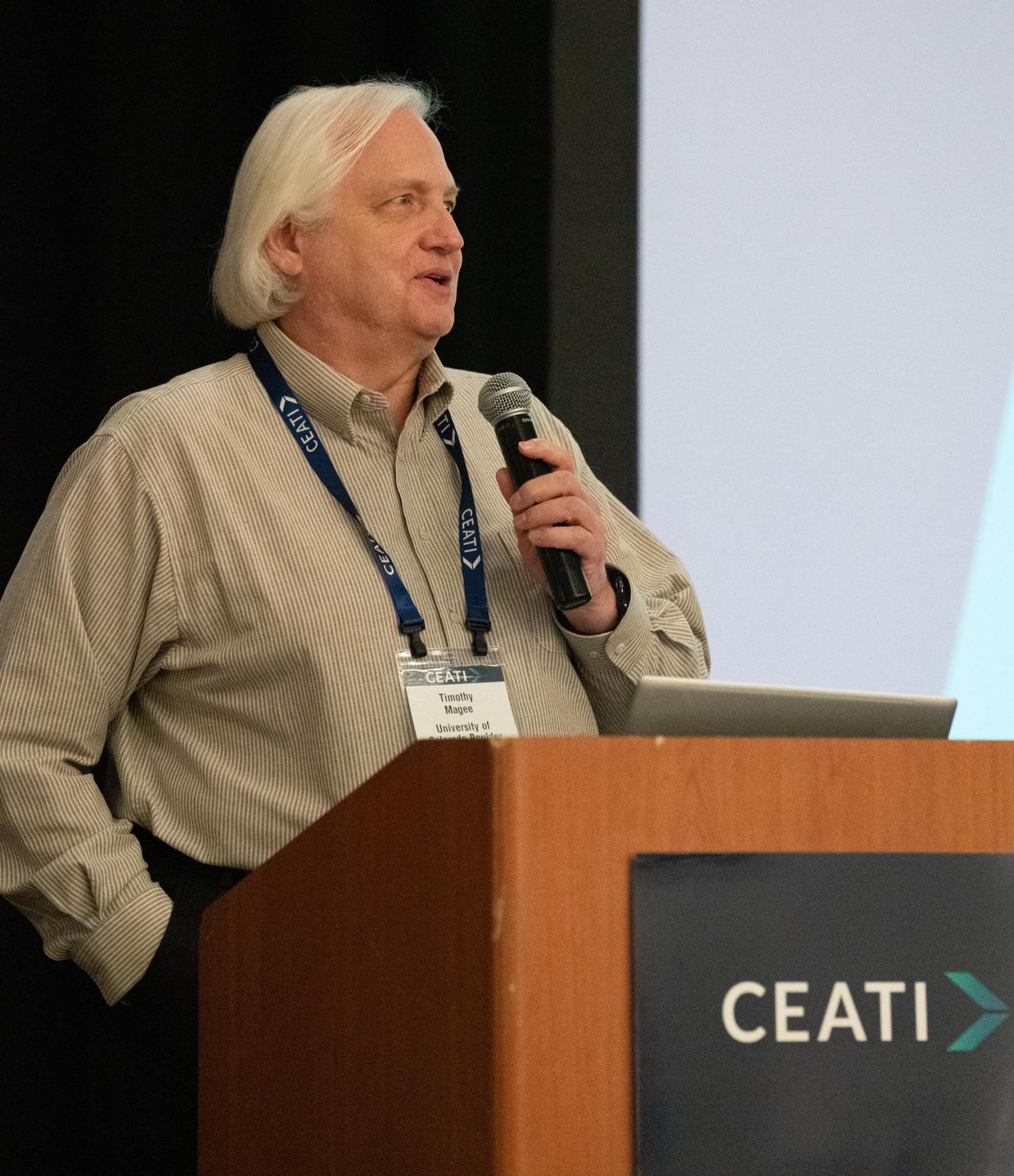Magee presents on RiverWare hydropower flexibilities at CEATI 2024 Conference

Tim Magee presented “Realizing Hydropower Flexibility with RiverWare“ at the CEATI Hydropower Conference March 20, 2024, in Palm Springs CA. The presentation was co-authored by Edie Zagona, also from CADSWES, and Gabe Miller from TVA was a co-presenter. The presentation was well received and shared important technology available to adapt to a changing hydropower landscape. More about the conference is available.
Abstract:
Fully realizing the potential flexibility of hydropower is essential both because of the variability of load and the growing penetration of renewable generation. While renewables contribute generation, renewables also add variability to the net load after subtracting their generation. The remainder of generation portfolios, including hydropower, face an ever-increasing need for generation flexibility, and the value of that flexibility is likely to increase.
Hydropower is an innately flexible resource, but that flexibility is not always realized. We describe several approaches to realizing the hydropower flexibility. All approaches use RiverWare’s preemptive goal programming optimization method.
One approach to realizing hydropower flexibility is to reconsider standard operating practices that are not formally required but are limiting flexibility. We present the measured gain in flexibility from relaxing some of these common practices.
Another approach to realizing hydropower flexibility is to accurately represent hydropower flexibility in production cost models (PCMs) which include power demand, transmission, and other sources of generation. A complimentary part of realizing hydropower flexibility is including the data generated by PCMs as signals to drive hydropower models. Together, this bidirectional transfer of data can use hydropower flexibility to jointly optimize all generation sources for cost and reliability. We describe several approaches we have applied to real hydropower systems, including TVA, BPA, and others. We also describe the lessons learned from these approaches.
We present one approach in more detail, a case study at TVA with a novel iterative process that approximates joint optimization of hydropower with its flexibility and a portfolio of other generation within a PCM. The iteration ultimately solves both a hydropower model and a PCM twice to approximately optimize TVA’s generation portfolio. This optimization is done with the minimum possible violation of TVA’s higher priority non-power constraints on the hydropower system.

